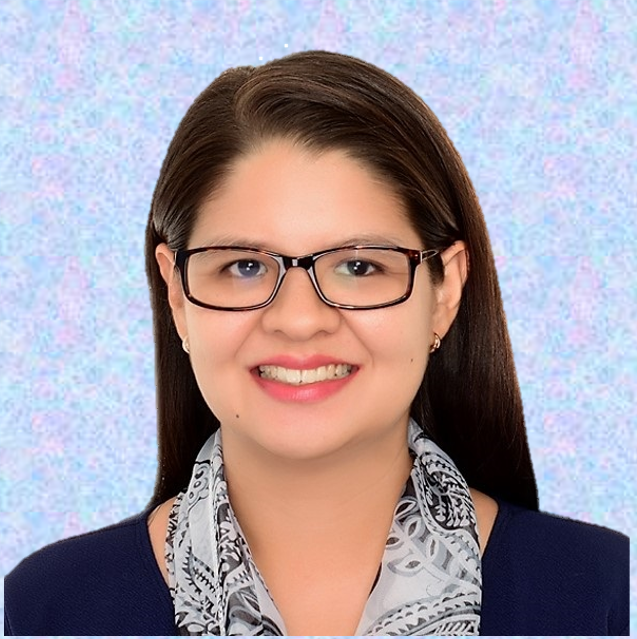All schools have academic excellence as their top priority, if not their main reason for existing. Faith-based schools have this too as their priority, an integral part of fulfilling their mission that goes beyond academic excellence. Hence, curriculum must be taken as the heart and the pathway towards attaining that transcendental mission.
How can one tell if the curriculum is strong and robust? Here are five marks that characterize a curriculum that works:
1. Well-articulated standards
Articulation of standards does not just mean having S.M.A.R.T. goals that can easily be understood by teachers and students. I consider standards to be well-articulated when they meet the minimum learning competencies of the state or national curriculum and when they express the connection of learning to the school’s specific mission.
As schools, we have the legal and moral obligation to give our students what is due them – the knowledge and skills that can prepare them for life. Ensuring that our schools meet at least the minimum learning competencies of the state is a just thing to do. As faith-based schools, we owe our students the preparation they need to be good citizens, be able to contribute constructively to their community, and be academically advantaged among their peers.
Well-articulated standards also indicate how learning can bring students to their envisioned graduate profile.
Therefore, there are two things that I would say are essential to a standard: knowledge and skills that lead to competitive advantage and preparation for life, and the indication of how these knowledge and skills lead students to where they want to be.
2. Vertically aligned standards and benchmarks
Another mark of a robust curriculum is that all its standards and benchmarks across different grade levels seamlessly flow and connect with each other. This concept of vertical alignment is not new to anyone involved in curriculum work, or to any teacher, for that matter. Every school I have worked with has this as a goal to achieve but finds it difficult to execute.
Vertical alignment is essential in keeping your curriculum cohesive and preventing learning gaps between grade levels. What makes this difficult to execute is the lack of a system to help the teachers communicate and collaborate. With the thousands of things teachers need to do, it is understandable that there can never be enough time in schools. That is why I have found it helpful to use tools that can facilitate the needed collaborative work among teachers.
3. Horizontally aligned standards and benchmarks
In addition to vertical alignment, the horizontal tightness of the curriculum is also especially important. Learning becomes much more meaningful when it is given an interdisciplinary perspective. Students see the relevance of what they study in each subject when it is presented thematically.
When it comes to teacher planning, it may be easier to achieve this in self-contained classes as the teacher can easily see the themes emerging from each subject area. When learning starts to become departmentalized, however, again the challenge of communication and collaboration among teachers settle in. Thankfully, there are tools available that can ease this challenge and make collaborative planning more possible.
In faith-based schools in particular, learning for a purpose and a higher meaning is something that our students need to see, feel, and appreciate. They are in our schools for a reason, for a higher reason. Thus, seeing the relevance of what they learn is just as important as giving them the academic excellence they deserve.
4. Reviewed and refined in professional learning communities
Curriculum is not a set of documents, not a set of binders, not a set of books that are kept on the shelves. Yes, curriculum involves documents, binders, and books, but these do not teach. The professionals behind these documents, binders, and books are what make a robust curriculum. I always say that curricular documents have to be considered live documents. They need to be regularly reviewed and refined in professional learning communities (PLCs). Curriculum must not wait for the three-to-five-year cycle to experience evaluation and be subject to a full revamp.
Two to three periods in a school year, sometimes more, is a reasonable frequency to use PLCs to revisit curriculum maps. That of course does not take away the need for individual teachers to review their plans as they go along teaching.
5. Excellent teaching supported by excellent resources
As I have mentioned above, resources do not teach. Therefore, no matter how excellent your school’s latest collection of resources is, student learning will not improve if they do not support excellent teaching.
When it comes to selecting resources, having a thorough selection process is crucial in every school. Having a clear set of criteria for resource adoption is just as important. The curriculum, its ends and purposes, its instructional framework, the school’s philosophy of education – these are what should drive a school’s criteria for resource adoption.
Robust curriculum is what we need in education today: curriculum that contains meaning, purpose, and life. A curriculum, especially in faith-based schools, is regarded not just as a carrier of content, but as a way of life, preparing students for the life that transcends the classroom; the life that is meant to be a changemaker in society.
“Mindlessness is the most pertinent and accurate criticism of education today. Essentially, educators have been more concerned with motion rather than with progress, that is, with means more than ends. As a result, they have failed to raise the bigger question of purpose in education; instead, their focus has been on methodology. Indeed, the cart should be methodology, and more importantly, the horse is purpose. What education needs today is a clear vision of “why all this education” and “for/to what purpose.” (Bradley, Curtis, Kessinger, 2018)
Photo by ROBIN WORRALL on Unsplash




